Session 1: The Role of Wind Energy in Meeting the Power Demand
Global Wind Day Celebration
Objectives:
To explore the pivotal role of wind energy in addressing power demands while fostering sustainable development. Through insightful discussions, the session aims to elucidate the potential of wind energy in enhancing energy access, promoting economic opportunities, and advancing energy access. By engaging experts, practitioners, and stakeholders, the session seeks to identify key strategies and best practices for leveraging wind energy to contribute to sustainable energy transitions.
Speakers Detail
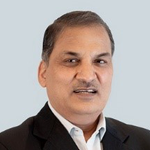
Moderator
Dr. Ashvini Kumar
Former MD, SECI,
Technical Advisor – Shakti Sustainable Energy Foundation |
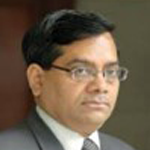 Panellist Panellist
Shri Shri R.P Gupta
CMD, SECI |
 Panellist Panellist
Shri Jai Prakash Shivahare,
IAS, MD, Gujarat Urja Vikas Nigam Ltd. |
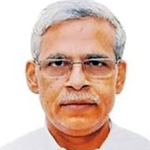 Panellist Panellist
Shri Alok
I.A.S (Additional Chief Secretary, Energy Department, Rajasthan) |
 Panellist Panellist
Shri Sumant Sinha, Chairman and CEO ReNew Power |
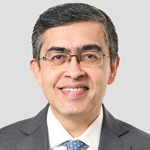 Panellist Panellist
Shri Vipul Tuli, CEO, Sembcorp |
Moderator:
Dr Ashvini Kumar, Former MD of SECI and Technical Advisor to Shakti Sustainable Energy Foundation
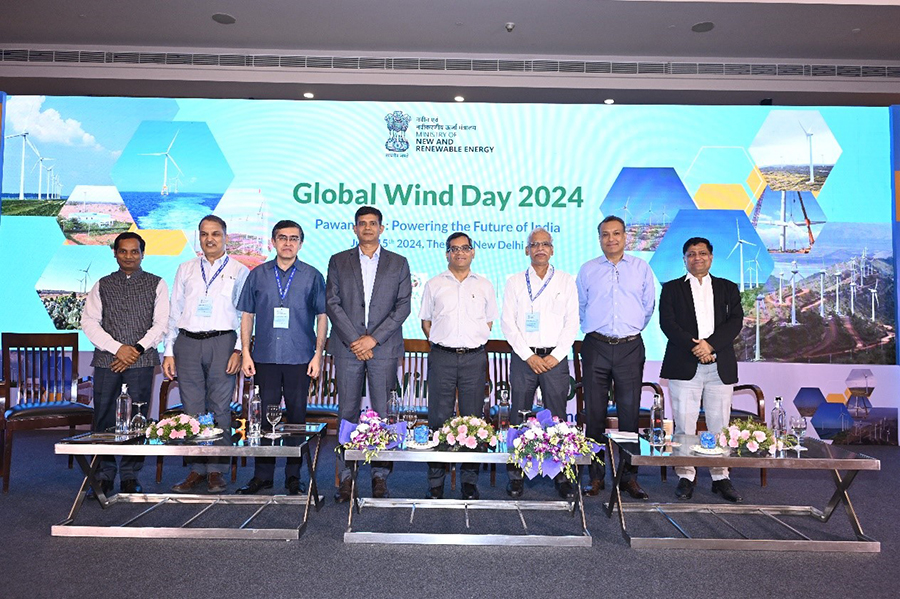
Panel Discussion Highlights:
Shri Sumant Sinha, Chairman and CEO, ReNew Power
- Emphasized the need to achieve an annual increase of 8-10 GW in wind energy capacity.
- Advocated for innovations in wind turbine design and manufacturing to increase efficiency and reduce costs.
- Discussed the potential of offshore wind farms in achieving higher capacity additions.
- Addressed the financial aspects of scaling up wind energy, including attracting investments and reducing capital costs.
- Highlighted the importance of managing Power Plant Load Factor (PLF) variability, grid management, and land and right-of-way (ROW) issues.
Shri Lalit Bohra, Joint Secretary, MNRE
- Stated that wind energy offers better tariffs and availability compared to solar energy.
- Mentioned the industry’s installation target of 6.5 GW for FY 2024-25.
Shri R.P. Gupta, CMD, SECI
- Suggested that wind and solar energy are complementary regarding energy production.
- Noted that the cost of new thermal energy is at least 5-6 Rs/unit and will continue to grow, whereas solar and wind energy costs have shown a decline over the years.
- Highlighted supportive initiatives like Round-The-Clock (RTC) power and Flexibility in Despatchable Renewable Energy (FDRE) for wind and solar to compete with thermal energy.
Shri Jai Prakash Shivahare, IAS, MD, GUVNL
- Mentioned that Gujarat has approximately 23 GW of renewable energy, with ~70% generated by solar, which supports the state’s agricultural electricity requirements.
- Spoke about the declining levelized cost of battery storage, which dropped from Rs. 4.43 per unit in March 2023 to Rs. 3.76 per unit in June 2024, a 17% reduction.
- Identified challenges such as the availability of good sites, grid connectivity, assured offtake risks, and the capacity of Original Equipment Manufacturers (OEMs).
- Suggested solutions such as repowering old projects, commencing new onshore and offshore wind projects, ensuring connectivity on demand, and assuring project offtake.
Shri Alok, IAS, Additional Chief Secretary, Energy Department, Rajasthan
- Highlighted that wind energy is essential for meeting peak power demand in Rajasthan.
- Mentioned that Rajasthan has a total wind potential of 184 GW, with 5.2 GW already installed.
- Identified electric vehicles (EVs) as an area with huge potential.
- Expressed the state’s openness to exploring more sites to assess potential and commence renewable energy projects.
Shri Sumant Sinha, Chairman and CEO, ReNew Power:
- Discussed industry challenges such as high project costs, issues in infrastructure development (land accessibility, unavailability of grid infrastructure, road issues, and ROW issues created by local authorities).
- Highlighted the importance of addressing Wind Resource Assessment (WRA) risk, crucial for PLF assumptions.
- Noted that Balance of Plant (BoP) costs have increased by 40-50% in recent years, affecting overall project costs.
- Suggested utilizing grid infrastructure for solar plants by setting up new wind parks or creating hybrid projects.
- Emphasized the need for a repowering policy to be implemented and developed.
- Highlighted energy pricing ambiguity for Indian offshore wind, noting it as a major area to explore.
Shri Vipul Tuli, CEO, Sembcorp
- Stressed the need to add 30-40 GW of renewable grid infrastructure annually.
- Addressed land issues and suggested establishing national or state frameworks to address ROW and road connectivity.
- Called for technological developments to increase wind turbine capacity, with 5-7 MW for onshore and 15-20 MW for offshore turbines.
Shri Lalit Bohra, Joint Secretary, MNRE responding to Dr. Ashvini Kumar’s query on Small Wind Turbine Projects mentioned
- MNRE is still working on developing policies for small wind turbine projects, as it is an unorganized area.
- Noted that small turbine projects are mainly intended for hilly areas or regions not feasible for large wind turbines.
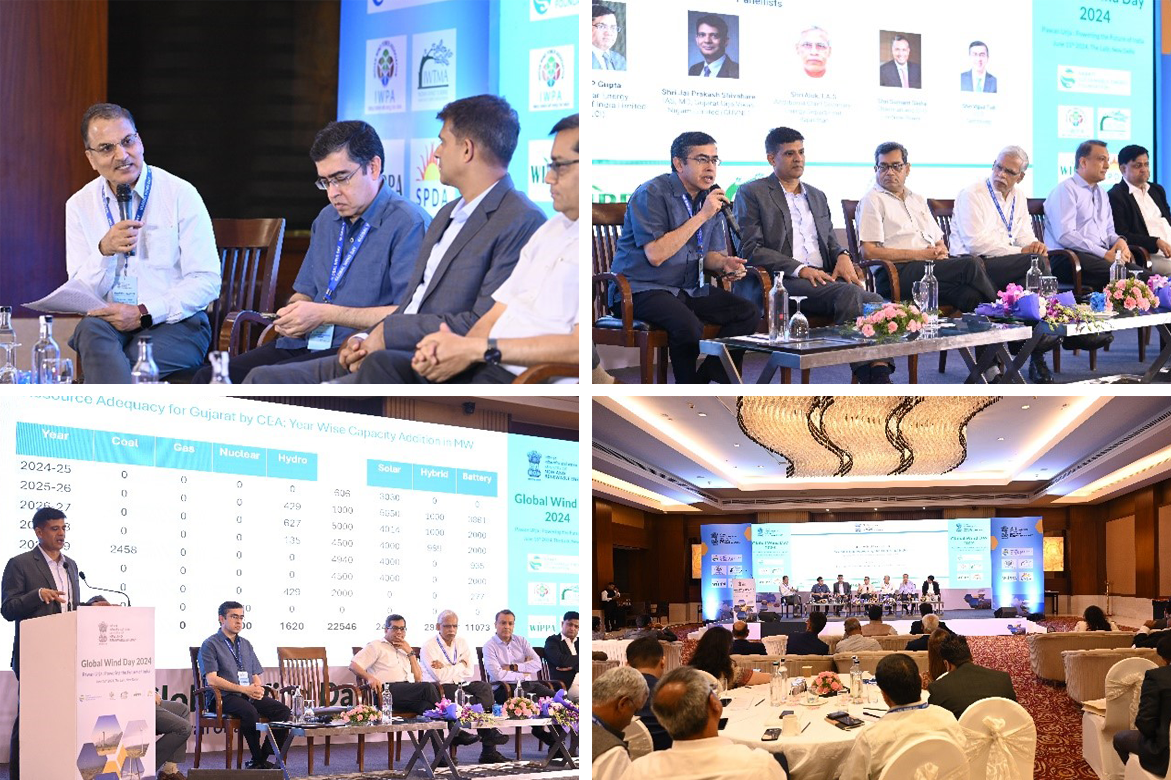

 Panellist
Panellist Panellist
Panellist  Panellist
Panellist Panellist
Panellist
 Panellist
Panellist
